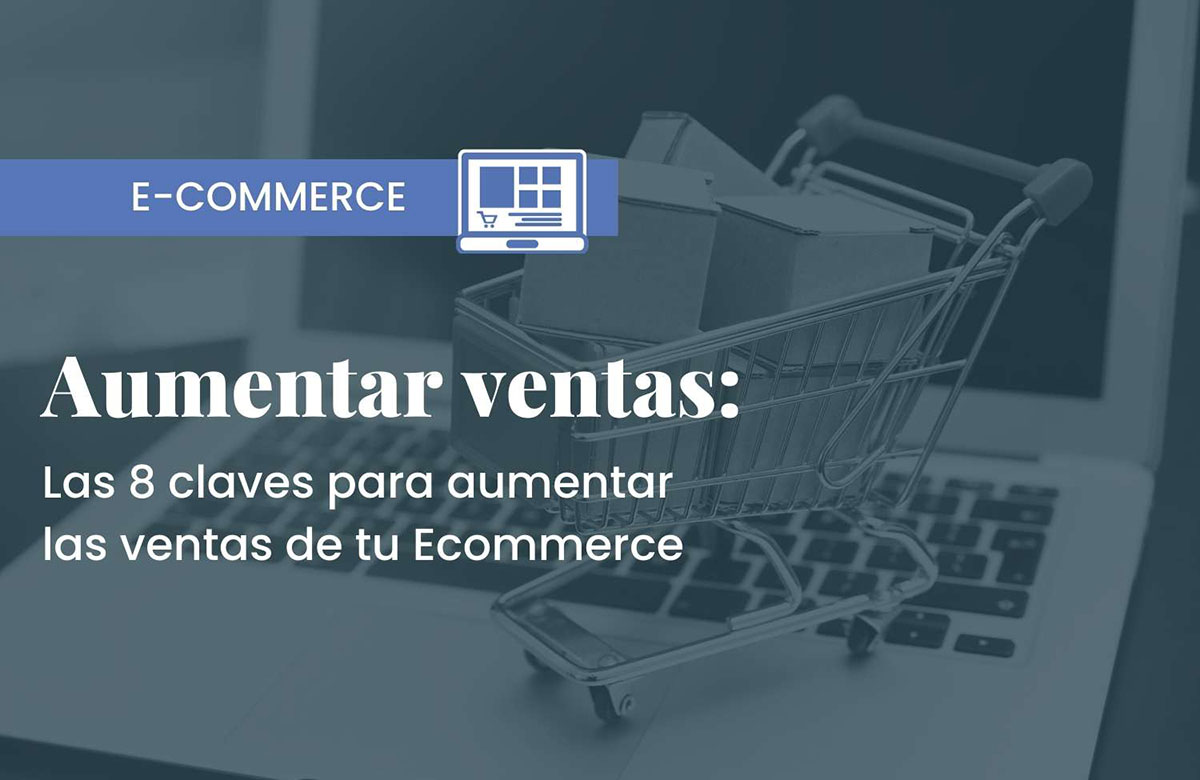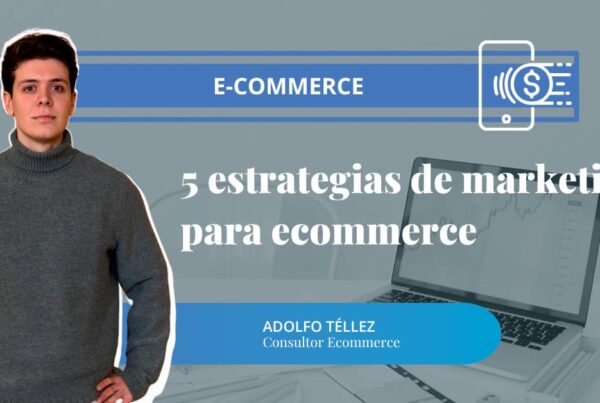Are you attracting visitors to your website but they never complete a purchase? Don’t worry! In this article, we’ll cover the essential points you need to work on your website to increase sales in your ecommerce store.
Grab a pen and paper because the information we’ll share comes from our experience working with online stores to boost their sales. If you have a Shopify store, we’ll recommend several apps to optimize your shop.
[poll id=”24″]Key 1. The HOME Structure: First Impressions Matter
The home page is the first impression users get of your online store and sometimes even your brand. Having a clean and well-structured home page is essential, not only to make a good impression but also so potential customers can easily find your products and feel confident from the start.
Generally, an ecommerce homepage should be short and concise. To achieve a good structure, organize all the elements optimally:
- Topbar: Include a relevant message about shipping, promotions, or new collections. Use a discreet yet visible design that does not interfere with the rest of the header. Dynamic topbars can add an extra design touch to your store.
- Menu: Organize categories from left to right in a logical order—for example, by top-selling categories, latest releases, or products on sale.
Avoid filling the menu with too many categories or dropdowns; the simpler for the user, the better.
- Slider: This element has the biggest impact on the user initially. Include information, not just a generic image. Use it to highlight a new collection, promotions, a tagline that describes your products, values, or your unique selling proposition.
Always use a clickable button or slider that links to products or categories of interest. Avoid very tall sliders; we want a compact homepage where users can quickly see the products offered.
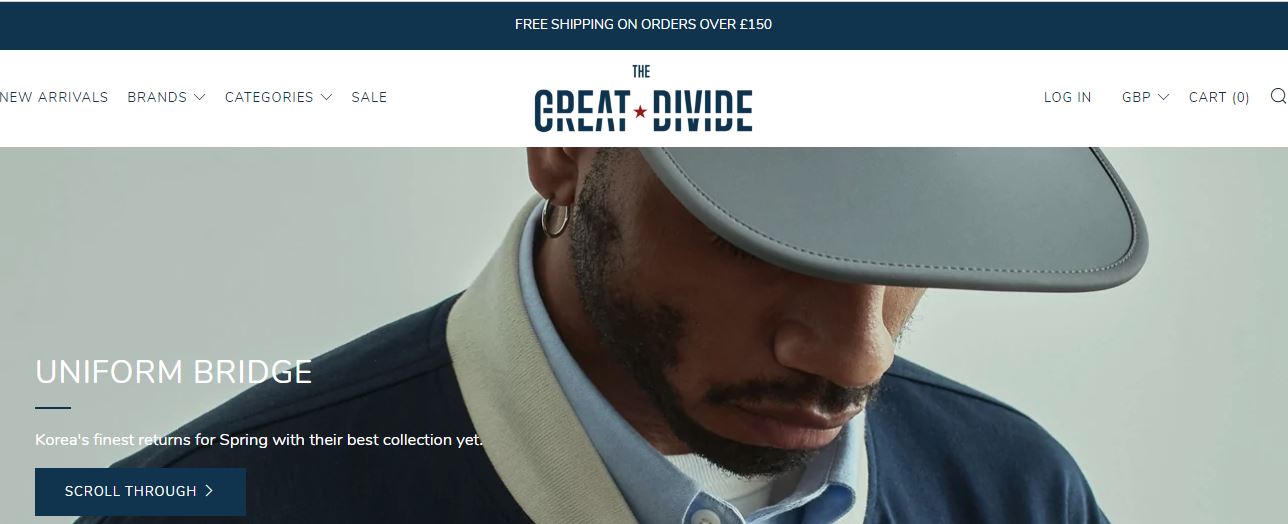
- Featured products: Place a set of highlighted products right after the slider. “Best sellers,” new collections, or current promotions attract potential customers immediately.
- Featured categories: Display 2–3 categories your audience likes, using images and short descriptions. You can also highlight a single product that represents the category.
- Footer: Include legal information, contact details, shipping and returns policies. You can also add a newsletter subscription form.
Additional elements can include videos about the brand, trust-building elements like customer reviews, or even your Instagram feed.
If you have a Shopify store, we recommend these apps:
- Instagram feed: Instafeed – Free
- Display reviews: Google Reviews by Reputon – Free Plan
Key 2. Create the Perfect PRODUCT PAGE to Convince Users
A well-crafted product page greatly increases the chances of converting visitors into buyers.
The information presented and how it is displayed will be key to your success. Include these elements to make decision-making easier for the customer:
“Buy Now” Button
Highlight a “Buy Now” button in addition to “Add to Cart.” This can guide the user directly to checkout, skipping the cart and saving steps.
This button is essential for all types of ecommerce stores but particularly useful for luxury or high-priced items, where customers usually buy a single product.
[su_button url=”/8-claves-para-aumentar-ventas-ecommerce/#formulario_blog” color=”#ffffff” radius=”0″ background=”#41B9BB” size=”7″ desc=”Request your free audit”]Contact us and take your ecommerce to the next level![/su_button]
Product Info or Size Guide
Providing product size information is crucial. Not knowing dimensions can lead to page abandonment or returns. You can include this in the description or a popup. Avoid opening a new tab that distracts users from the product page.
Display Payment Methods
Icons for familiar payment methods build trust. Place them below “Add to Cart” or “Buy Now” for maximum visibility.
-
- Payment icon app (Shopify): Trust Me – Free
Trust Icons
Visually show your store’s advantages to encourage purchases over competitors.
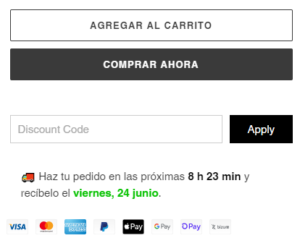
Shipping Costs
Include shipping information on the product page to reduce cart abandonment by avoiding surprises at checkout.
Delivery Time
Clearly state estimated delivery times. You can integrate dynamic calculators showing countdowns for expected delivery.
-
- Delivery timer app (Shopify): Delivery Timer – Free Plan
Product Description
Good descriptions increase conversion chances. Focus on your ideal customer and address questions like:
- What might stop the customer from buying today?
- What are their objections?
- Why shouldn’t they buy this product?
Customers don’t buy products; they buy results. Highlight benefits like health, happiness, productivity, or other outcomes.
Reviews
Show positive Google reviews on the product page to add social proof.
-
- Reviews app (Shopify): Google Reviews by Reputon
Key 3. Care for Product IMAGES to Stand Out
High-quality images are key to ecommerce success. Use appropriate visuals based on the product type.
For small items, include measurements and flat representations. For apparel, use lifestyle images, gifs, or videos showing models wearing products.
Using contextual images is essential in modern ecommerce.
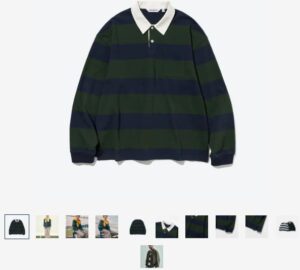
Differentiate social media images from product page images. Focus on the product on the ecommerce page.
Key 4. Make Checkout EASY and Simple
After getting users to view products and add to cart, the most critical step arrives: **Payment**.
A 3-step checkout is recommended:
- Contact & shipping info
- Shipping method
- Payment
Limit forms to 12–13 fields. Too many or irrelevant fields may frustrate users.
Include multiple payment methods:
- Mastercard
- Visa
- American Express
- Paypal
- Bizum
- Installments
- Apple Pay
- Google Pay
- Shop Pay
Key 5. Offer NEW PRODUCTS to Increase Profitability
Two ways to increase average order value:
- Raise product prices
- Increase products per order
Use Up Selling to suggest complementary or related products.
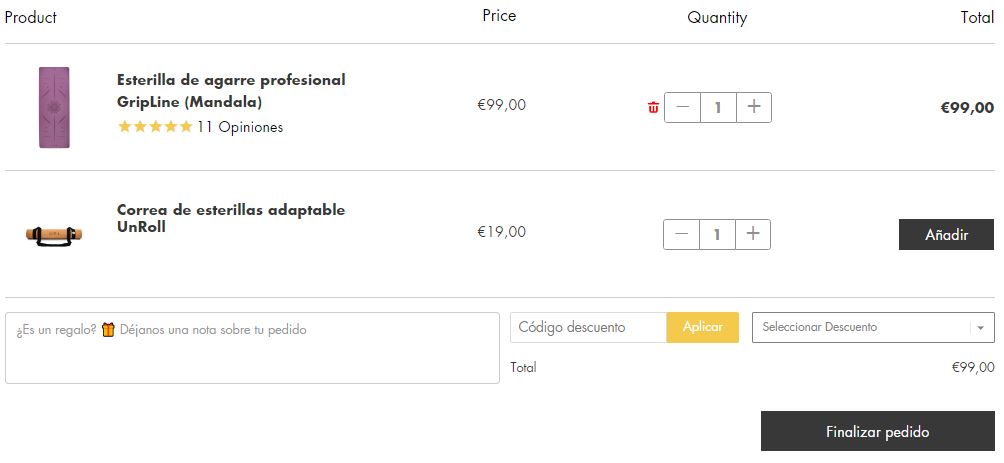
Shopify app recommendation:
Key 6. Free Shipping: Differentiate from Competitors
Free shipping is a strong psychological incentive. Options:
Include shipping in product price
Free shipping on orders above X€
Offer free shipping as company cost
Key 7. Focus on CUSTOMER LOYALTY to Increase Repeat Purchases
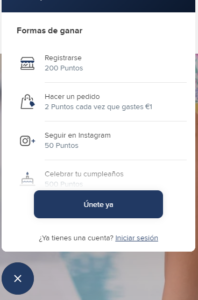
Acquiring new customers costs 5–7x more than retaining them. Encourage repeat purchases via:
- Point systems
- Referral strategies
- Special offers
- Email or SMS communications
Key 8. AUTOMATE Your Store to Create Personalized Experiences
Automation targets users based on behavior, allowing personalized communication and boosting sales. Examples include abandoned cart reminders via email or SMS.
Basic automation: Mailchimp
Advanced workflows: Connectif
How to Increase Sales in an Ecommerce Store
At Dos Setenta, we help create or scale ecommerce stores. Our methodology: Analysis – Optimization – Strategy – Monitoring.
If you are facing:
- Stalled sales
- Difficulty getting first sales
- Need to optimize your store
- Want to scale your sales
- Want to create a successful ecommerce
We offer tailored consulting for your ecommerce. Contact us!
